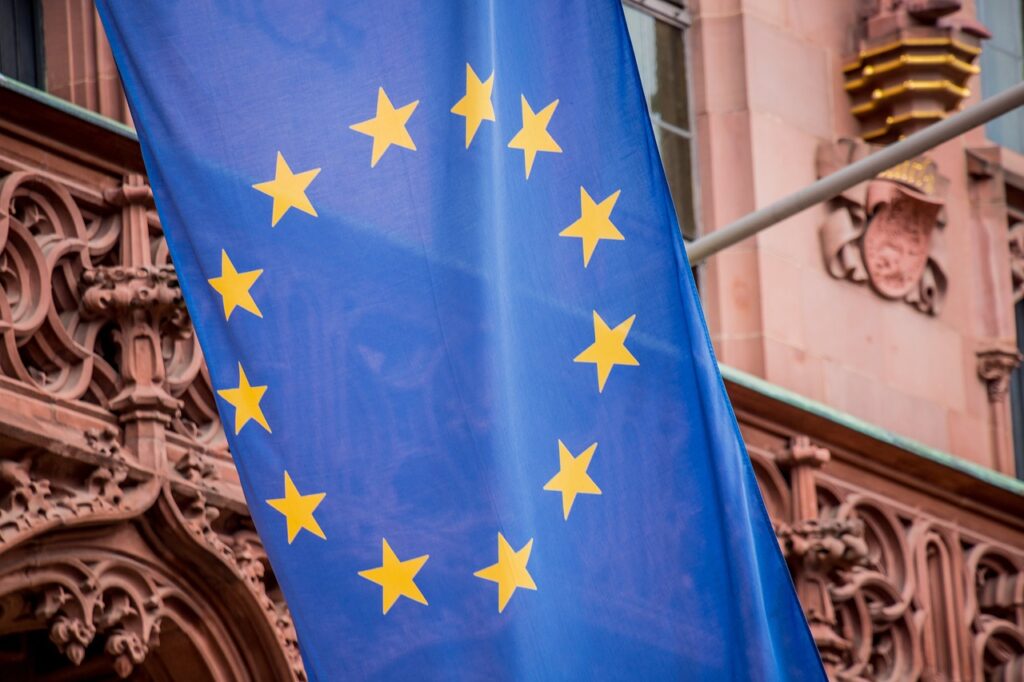The European Union’s backing of a Brazilian initiative to utilize clean hydrogen in the production of green iron underscores its strategic investment in sustainable industrial innovations.
The venture, a collaboration between mining giant Vale and Green Energy Park, is part of the €300bn Global Gateway programme, which is instrumental in expanding green energy infrastructure worldwide. The initiative’s focus on using hydrogen, a clean alternative to traditional carbon-heavy processes, aims to position Brazil as a key player in eco-friendly iron production for export.
Data from the International Energy Agency (IEA) indicates a global rise in green hydrogen production, driven by a demand for sustainable alternatives. While hydrogen technology represents a promising avenue, its integration into iron production is fraught with cost and scalability challenges. Traditional ironmaking processes, predominantly reliant on coal, account for approximately 7% of global CO2 emissions. The adoption of hydrogen could potentially reduce this figure significantly, yet it remains contingent on economic viability.
Bart Biebuyck, CEO of Green Energy Park, emphasizes the project’s commitment to developing a mega hub in Brazil capable of sustainable iron production. However, the financial and technical benchmarks required to achieve such objectives are intricate. The infrastructure needed for hydrogen production and storage, along with the adaptation of existing industrial systems, are substantial financial hurdles. Moreover, the cost of green hydrogen remains higher compared to conventional fuels, demanding innovation and scaling to achieve competitive pricing.
On the commercial viability front, Rogério Nogueira, EVP Commercial and Development at Vale, stresses the need for aligning international market goals with sustainable practices. The EU’s support through the Global Gateway programme is pivotal in providing financial backing and technical expertise, bridging the gap between emerging technologies and market demands. However, success hinges on the project’s ability to deliver on economic, technological, and environmental fronts simultaneously.
Despite these hurdles, the collaboration represents a strategic push towards carbon neutrality within the iron production industry. Analysis from industry experts suggests that while initial outlays are significant, the long-term benefits—both economic and environmental—warrant the investment. Transitioning to green iron production not only aligns with global sustainability goals but also positions Brazil at the forefront of green industrial export markets.
The EU’s endorsement thus serves a dual purpose: advancing its own environmental objectives while catalyzing global shifts towards sustainable industrial practices. The integration of clean hydrogen in heavy industries such as iron production is a crucial step towards reducing industrial carbon footprints. Consequently, the Brazilian project underlines the complexities and potential of pioneering green technologies in traditional sectors—highlighting the broader necessity for global cooperation and innovation in achieving climate objectives.
Stay updated on the latest in energy! Follow us on LinkedIn, Facebook, and X for real-time news and insights. Don’t miss out on exclusive interviews and webinars—subscribe to our YouTube channel today! Join our community and be part of the conversation shaping the future of energy.
